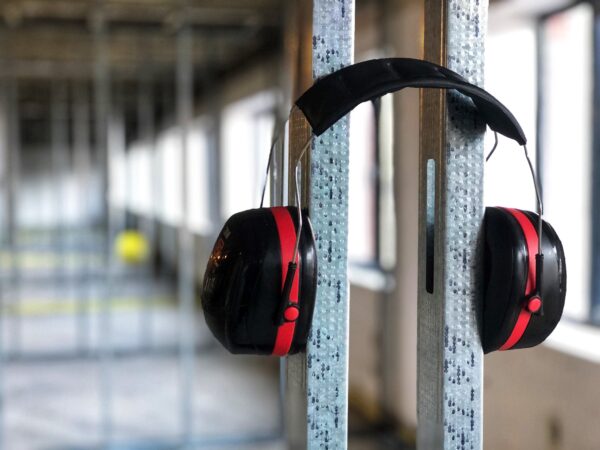Sound Proofing Metal Party Walls
Metal stud walls are the most common type of interior wall; however they are also extremely popular when it comes to party walls between dwellings. While metal walls are quick and easy to install, they’re really not very soundproof. Luckily, it’s possible to soundproof a stud wall, although it will take some acoustic design knowledge.
One of the simplest way of soundproofing a metal stud wall is to isolate each side of the wall and add mass. To soundproof a stud wall effectively, you can either add a completely independent wall in from of the existing wall, although you can also also attain the required soundproofing levels by upgrading the existing wall.

Here are three common ways to soundproof your metal party wall:
-
-
-
-
-
-
- For internal metal walls –fill the metal frame (min width 70-100mm) with acoustic insulation (min mass 45kg/m3) and install 1 x 15mm layer of soundboard to either side of the metal frame – please note this will not comply with the levels required for Approved Document E.
-
-
-
-
-
-
-
-
-
-
-
- For dividing metal party walls – fill the 100mm metal frame (with Rw45 acoustic insulation (min mass 45kg/m3) and attach “resilient channel” to each side of the studs and install 2 x 15mm sound board to either side of the wall.
-
-
-
-
-
-
-
-
-
-
-
- For high spec dividing metal party walls – use 2 x 70mm met-sec wall, with a 50mm cavity. Fill both metal frames with acoustic insulation (min mass 45kg/m3) and finish with a single layer of 15mm Acoustic Plasterboard.
-
-
-
-
-
If the walls are existing i.e., it is a conversion project, you may need to gain access to the base and head of the party wall, to undertake the acoustic upgrades within floor and ceiling voids, this is also required to reduce the chance of flanking noise.
Unfortunately, retrofitting to improve sound insulation performance is difficult to achieve and not always 100 per cent successful. We always recommend you have sample sound testing undertaken between dwellings before embarking on expensive insulation works and on conversion projects. For block of flats, it’s worth remembering that you will need to consider require both airborne and impact sound tests to ensure compliance with the 2014 Building Regulations Technical Guidance Document E (Sound). For houses you just need to consider walls.

For more information on our UKAS accredited sound testing or acoustic design services, please contact us at info@aptsoundtesting.co.uk or call us on 01525 303905. Alternately for more information on how to prepare for your precompletion sound testing please download our sound testing checklist, or visit our website at www.aptsoundtesting.co.uk
Please Note: although we take every care to ensure the information was correct at the time of publication. Any written guidance provided does not replace the user’s professional judgement. It is the responsibility of the duty-holder or person carrying out the work to ensure compliance with relevant building regulations or applicable technical standards.
